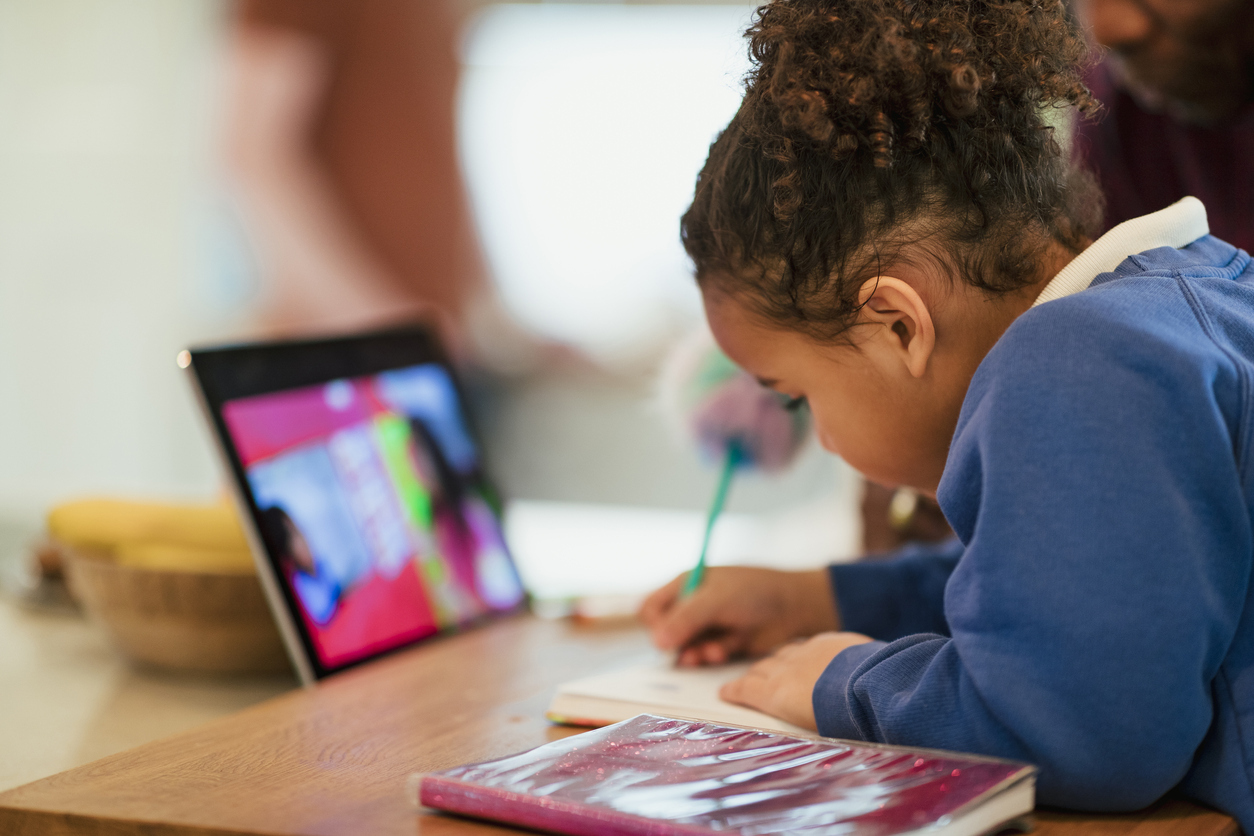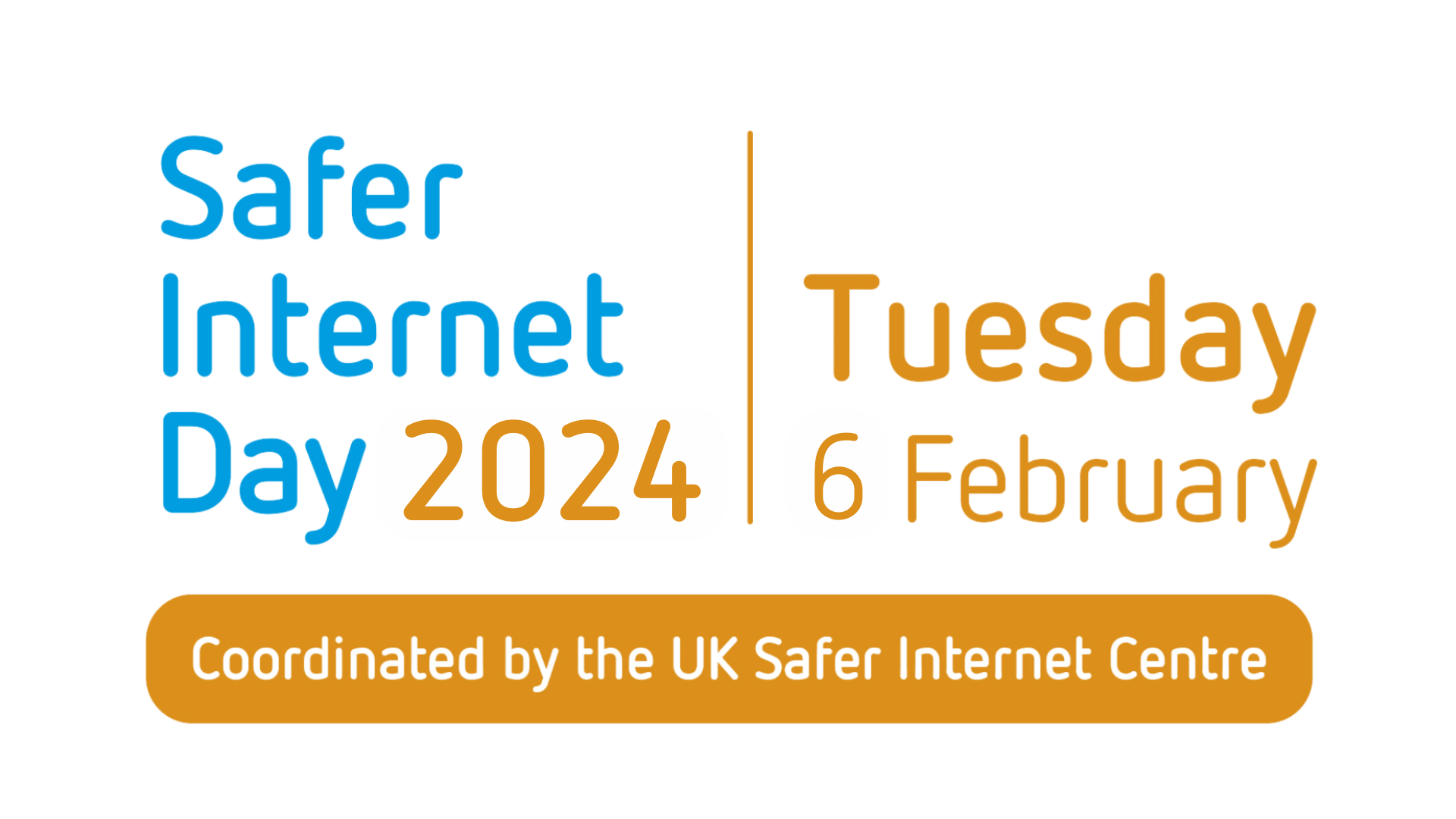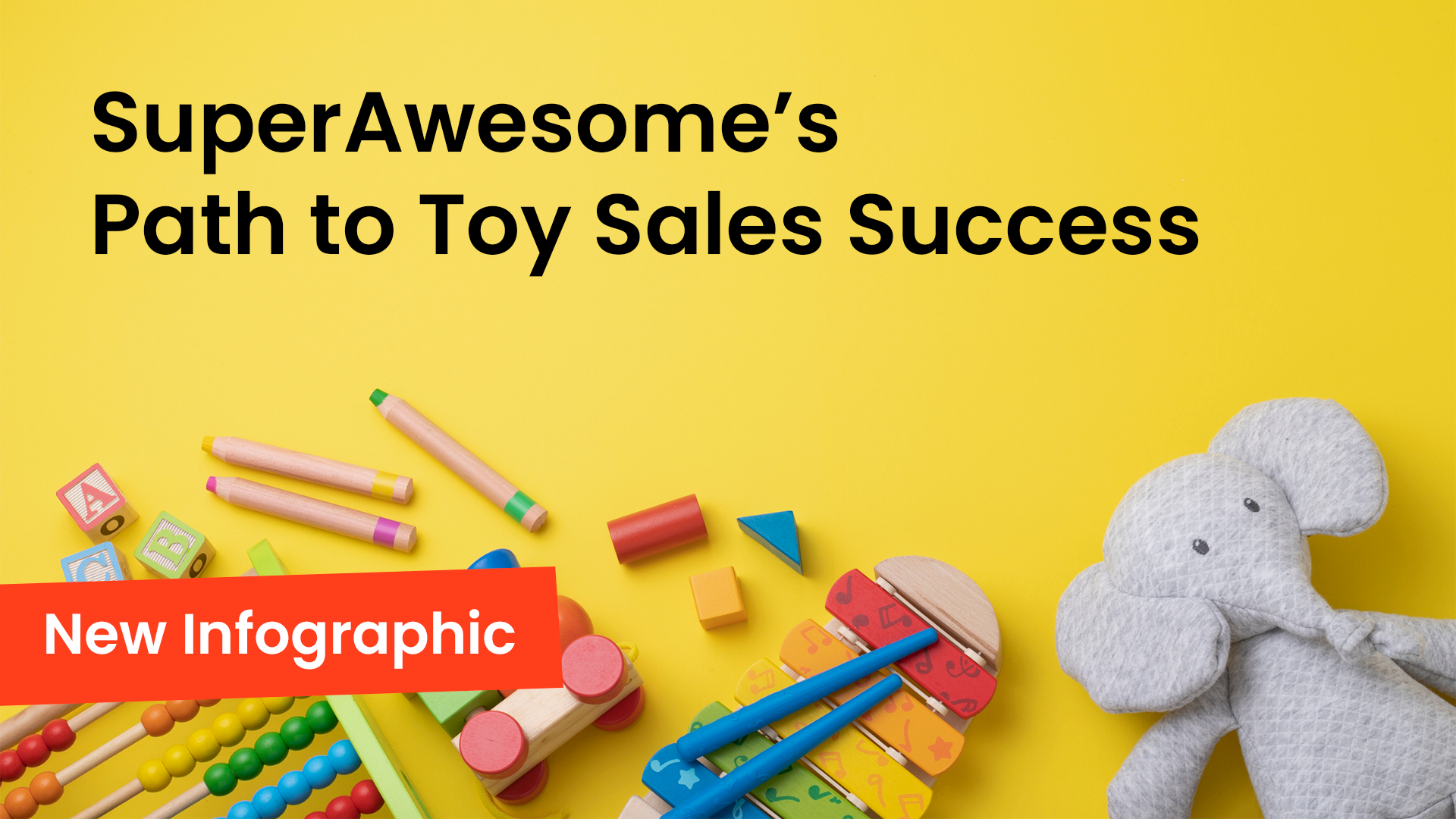Brands that aspire to connect with youth audiences have much to consider — from keeping up with the latest trends and emerging platforms to staying on top of changing legal requirements. This presents difficulties when it comes to creating content for kids and Young Teens that is both safe and effective.
In our recent webinar, An internet for all ages: why kid and Young Teen safety means brand safety in a digital world, we explored how brands can reach youth audiences in an engaging and compliant way.
Moderated by SuperAwesome’s COO, Kate O’Loughlin, the expert panelists included:
- Dan Richardson, Senior Partner, Managing Director, Mindshare
- Allison Zilbershatz, Director of Content, Spark Foundry
- Jeramey Rogers, Director, Digital Partnerships, Initiative
Keep reading to learn how these experts balance making an impact in the kids space with ensuring kid and brand safety.
Why is it critical to engage youth audiences?
During the holiday season, parents will likely tell you that the majority of what is found underneath the tree was influenced by their children. However, this authority extends beyond gift-giving—young audiences also have a say in everyday household purchases, from what goes into the grocery cart to what movie the family will watch together.
At the peak of household influence are Young Teens, ages 13-15. As detailed in our recent report, this demographic influences a staggering 90% of household grocery purchases and 88% of household movie purchases. While this cohort may be the most powerful household decision-makers, it is important to note that influence begins at a young age; research shows that children as young as three can recognize logos and formulate opinions about brands, opinions that are then passed on to adult family members.
How do experts approach creating content for kids and Young Teens?
We asked our expert panelists how they approach creating content for kids and Young Teens that resonates. Here’s what they told us:
They ensure messages are authentic: In an increasingly digitized world, with an overwhelming amount of information competing for audiences’ attention, creating content for kids and Young Teens that is both interesting and relatable is critical. Young Teens, in particular, are deeply attuned to inauthenticity—if they interpret branded content as misleading or ingenuine they will develop a sense of mistrust.
Young audiences love to hear directly from their peers in language that connects with them. Using kids and family influencers is a great way to accomplish this. However, brands must carefully vet the partners and creators they work with to ensure that they bring this content to life in a safe and responsible way.
They stay on the pulse of industry trends: To effectively engage young audiences, brands need to be agile in their approach. This includes learning about where kids and Young Teens prefer to consume and engage with content, as well as what’s currently trending on these platforms.
“It’s almost impossible to have a playbook for Gen Z — they are continuously evolving…there are always emerging platforms and trends.”
—Allison Zilbershatz, Director of Content, Spark Foundry
Currently, this means thinking about digital worlds and gaming environments, which are on track to become the primary play and media experience for kids and Young Teens. Further exacerbated by the pandemic, gaming has replaced everything from social activity to television time, a shift that is likely here to stay.
They provide opportunities for active engagement: Youth audiences—and Young Teens, in particular—are inherently technologically savvy and eager to create.
“Kids and Young Teens today don’t necessarily want [digital experiences] to be pre-packaged and ready to go. They want the tools to create something.“
—Dan Richardson, Senior Partner, Managing Director, Mindshare
Invite these audiences into the conversation by offering opportunities to engage with your brand in different and exciting ways. From mini games to augmented reality content, brands that think beyond passive content for kids and Young Teens will offer more memorable experiences.
How do experts approach safety and compliance?
Reaching kids and Young Teens requires a thoughtful approach to safety and compliance. Typically, digital engagement strategies for adult audiences rely on collecting as much personal data as possible to deliver targeted, behavioral impressions. This is not possible for youth audiences, where data protection laws like COPPA, CCPA, and GDPR-K protect this sensitive information.
Contextual advertising is a powerful tool to engage kids and Young Teens in an effective and compliant way, as it relies on choosing content that most closely aligns with the interests and passion points of your target audience instead of collecting Personally Identifiable Information (PII), which is prohibited by kids online privacy laws.
But safety and compliance are not one and the same. To safeguard young audiences in a comprehensive manner, responsible brands need to think beyond compliance alone.
“The idea of responsibility and appropriateness is equally important as protecting kids’ personal information.”
—Kate O’Loughlin, COO, SuperAwesome
Holistic youth safety encompasses elements such as topic, tone, and age-appropriateness, from both a visual and language standpoint. For example, a call-to-action encouraging the viewer to buy a product now might be suitable for adult audiences. Children, however, are more vulnerable than adults to persuasive messages, and phrasing must be carefully considered to ensure kids’ wellbeing.
“Being COPPA compliant is not enough. Brands need to have their own brand safety guidelines…and they can’t rely on anyone else. They need to take their own responsibility.”
—Jeramey Rogers, Director, Digital Partnerships, Initiative
Are you interested in hearing more from our expert panelists? Visit the link below to watch the complete recording.






